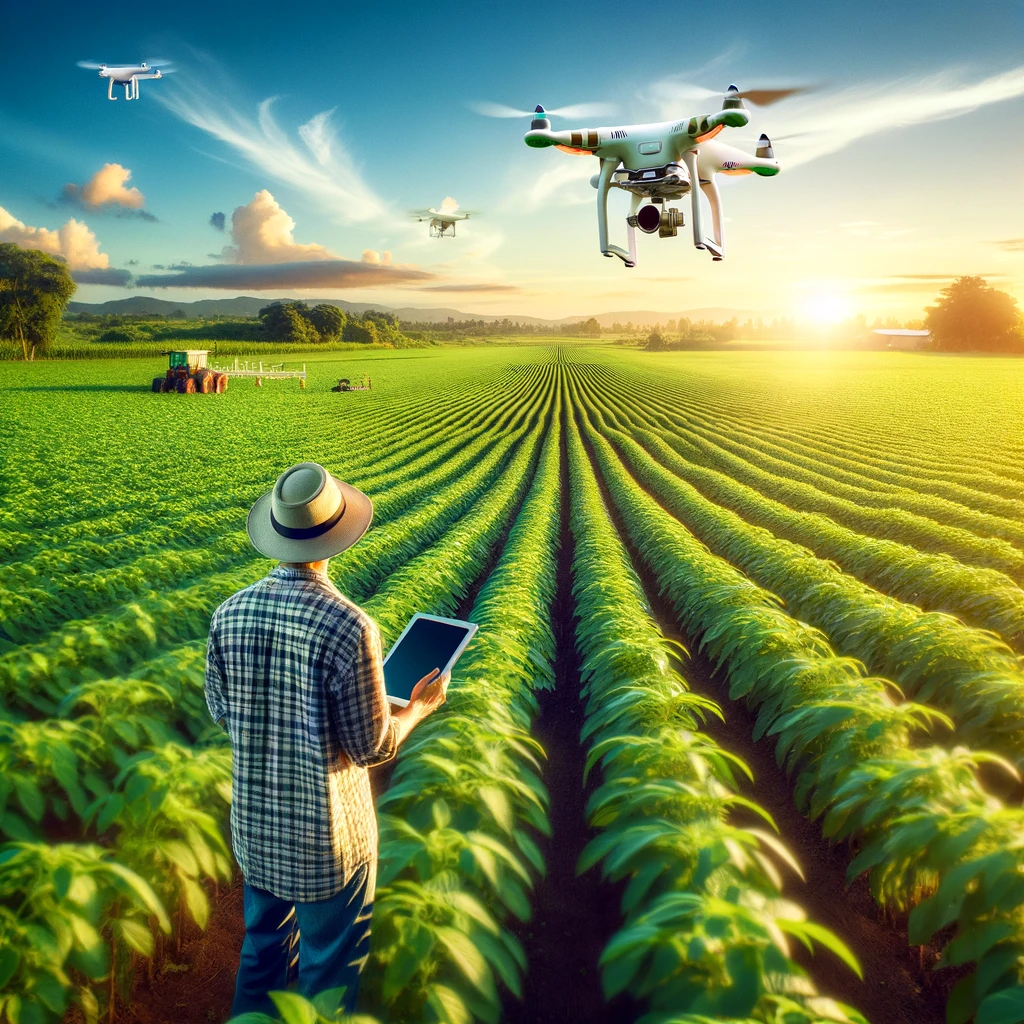
Introduction
In recent years, the landscape of aerial technology has undergone a profound transformation thanks to the remarkable innovations in drone technology. From humble beginnings as military reconnaissance tools to their ubiquitous presence in civilian and commercial spheres, drones, also known as Unmanned Aerial Vehicles (UAVs), have become synonymous with innovation and versatility. In this comprehensive exploration, we delve into the groundbreaking innovations driving the evolution of drone technology and their impact on various industries and society at large.
The Evolution of Drones
The journey of drones from military applications to widespread civilian and commercial use is a testament to human ingenuity and technological advancement. Initially developed for reconnaissance and surveillance purposes, drones have evolved into multifunctional aerial platforms capable of performing an array of tasks. The democratization of drone technology has empowered individuals, businesses, and governments to leverage their capabilities for diverse applications, ranging from aerial photography and videography to disaster relief, agriculture, and beyond.
Key Innovations Driving Change
- Advanced Propulsion Systems: One of the key innovations propelling the evolution of drones is the development of advanced propulsion systems. Traditional propellers are being replaced by more efficient alternatives such as ducted fans and hybrid engines. These innovations not only enhance flight endurance and maneuverability but also contribute to quieter and more environmentally friendly operations.
- Sense and Avoid Technology: Safety and reliability are paramount in the realm of drone technology, and advancements in sense and avoid technology play a crucial role in achieving these objectives. By integrating sophisticated sensors and artificial intelligence algorithms, drones can detect and navigate around obstacles autonomously, minimizing the risk of collisions and ensuring smooth operation in complex environments.
- Swarm Intelligence: Inspired by the collective behavior of natural systems such as insect swarms and bird flocks, researchers have developed algorithms for swarm intelligence in drone fleets. By coordinating their actions and sharing information, swarms of drones can accomplish tasks more efficiently and robustly than individual units. This capability holds immense promise for applications such as search and rescue missions, environmental monitoring, and precision agriculture.
- Miniaturization and Portability: As technology continues to shrink in size, drones are becoming increasingly compact and portable. Innovations in miniaturization enable manufacturers to pack powerful capabilities into smaller form factors without sacrificing performance. Foldable designs further enhance portability, allowing drones to be easily transported and deployed in various environments, from remote wilderness areas to urban landscapes.
- Long-range Communication: Communication is the backbone of any successful drone operation, especially in scenarios involving long distances or challenging terrain. Recent advancements in communication systems have extended the range and reliability of drone communications, enabling applications such as long-distance delivery, infrastructure inspection, and environmental monitoring. By leveraging satellite links, cellular networks, and other communication technologies, drones can stay connected even in remote locations, expanding their operational capabilities.
Tradeoffs and Challenges
While the innovations outlined above offer tremendous opportunities for advancement, they also present a host of challenges and tradeoffs that must be carefully navigated. One of the primary concerns associated with the proliferation of drones is the potential impact on privacy and security. As drones become more autonomous and ubiquitous, there is a growing need for robust regulations and ethical guidelines to safeguard individual rights and prevent misuse.
Additionally, integrating drones into existing airspace infrastructure poses significant technical and regulatory challenges. Ensuring the safe and efficient coexistence of manned and unmanned aircraft requires coordinated efforts from governments, industry stakeholders, and regulatory bodies. Development of air traffic management systems capable of managing both manned and unmanned traffic is essential to unlocking the full potential of drone technology while maintaining safety and efficiency in the skies.
Impact on Industries and Society
The adoption of drone technology has transformative implications across a wide range of industries and sectors. In agriculture, drones equipped with advanced sensors and imaging technology revolutionize crop monitoring, enabling farmers to assess crop health, detect pest infestations, and optimize irrigation and fertilization practices with unprecedented precision. By providing actionable insights in real-time, drones help farmers increase yields, reduce input costs, and minimize environmental impact.
Similarly, in the construction and infrastructure sectors, drones are used for surveying, mapping, and inspection tasks, replacing traditional methods that are often time-consuming, labor-intensive, and costly. Equipped with high-resolution cameras, LiDAR sensors, and thermal imaging capabilities, drones can quickly and accurately assess the condition of bridges, buildings, and other structures, identifying defects and potential safety hazards before they escalate into costly repairs or accidents.
Conclusion
In conclusion, the innovations in drone technology are reshaping industries, transforming business operations, and enhancing the quality of life for people around the world. However, realizing the full potential of drones requires a multifaceted approach that addresses technical, regulatory, and ethical considerations. By embracing innovation while being mindful of the associated challenges, we can harness the power of drones to create a safer, more sustainable future for generations to come.

Jordan Cooper
Jordan CooperJordan Cooper is an insightful tech author and editor, with a degree in Communication from Midwestern State University. Known for a down-to-earth writing style, Jordan expertly deciphers complex tech topics, from AI innovations to cybersecurity trends. With over ten years in tech journalism, they have a knack for predicting and explaining tech disruptions. Jordan's approachable articles, rich in detail yet easy to grasp, have made them a favorite among tech enthusiasts and novices alike.
